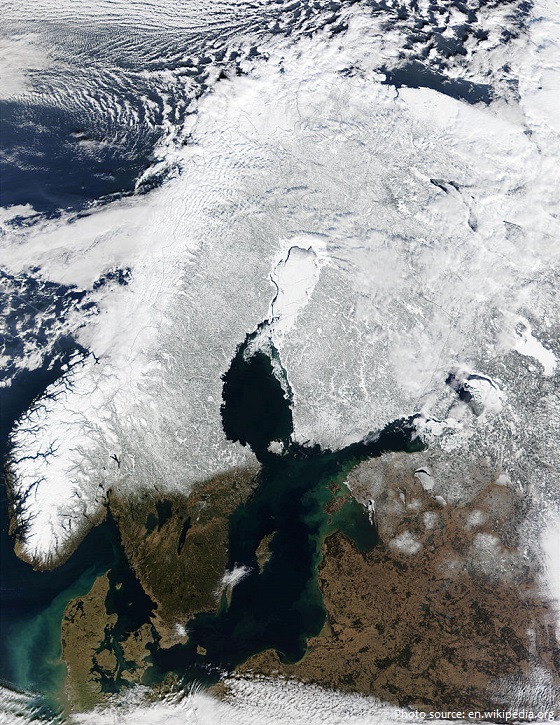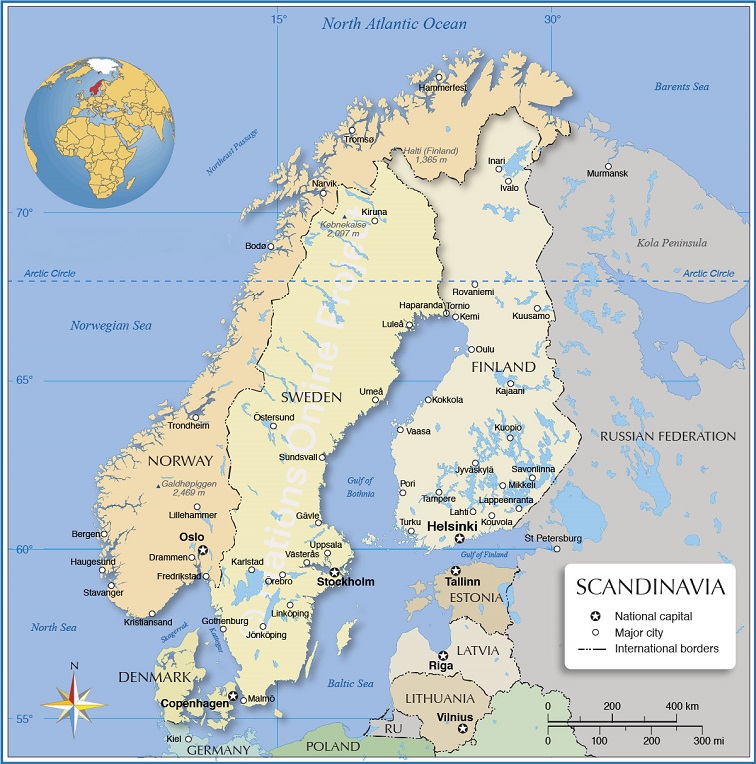
Scandinavia is a subregion in Northern Europe, with strong historical, cultural, and linguistic ties.
At almost 1.2 million square kilometres (463,000 square miles) it is the largest region in Europe, but home to only around 24 million people, accounting for a mere 4% of the population.
It consists of a group of countries that includes Denmark, Norway and Sweden, sometimes also Finland and Iceland.
• Denmark – is the smallest, flattest and most continental of the Scandinavian countries. Famous for having the best beaches of Northern Europe, a unique viking heritage, royal palaces as Scandinavia’s
capital, Copenhagen.
• Norway – is famous for deep fjords, steep mountains, and wooden churches. Has a rich and interesting culture with deep roots in farming and fishing. Perhaps the most rural and traditional of these countries.
• Sweden – is Scandinavia’s largest country by area and population with mountains in the north, woodlands in the center and plains in the south, also the Swedish Archipelago being the second-largest archipelago in the Baltic Sea.
• Finland – is hundreds of thousands of islands and lakes to explore in this bridge to the east. The most remote and perhaps the most conservative of the Nordic countries, with a language unlike the Scandinavian languages. Finland is not technically part of Scandinavia as Finns are Uralic in origin.
• Iceland – Spectacular scenery of volcanoes, glaciers, geysers, and waterfalls on this North Atlantic island.
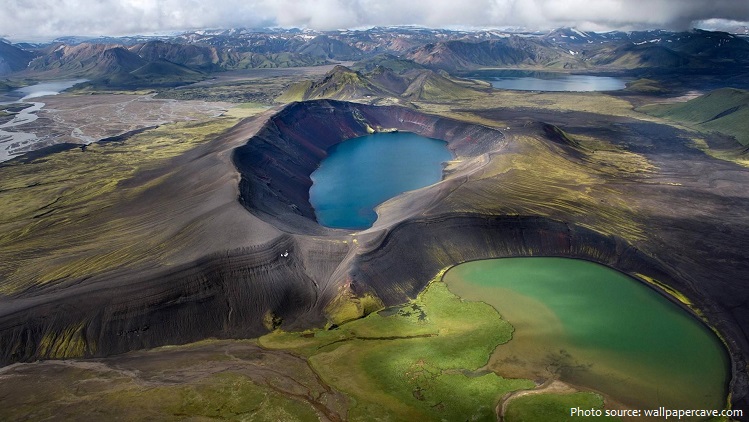
There is a constant and long-standing rivalry between Copenhagen and Stockholm over which city can claim the title as Scandinavia’s unofficial capital.
The northern parts of Norway, Sweden and Finland, as well as most of Greenland, are within the Arctic.
Due to the high latitude, winter days are really short. Likewise summer nights are very short and in the northern most part there is even midnight sun in the summer.
Scandinavia was covered by an ice sheet around 10.000 BC. As the ice pushed the land down, it is still rising from the sea, at a rate near 1 cm a year.
A key ancient description of Scandinavia was provided by Pliny the Elder, though his mentions of Scatinavia and surrounding areas are not always easy to decipher.
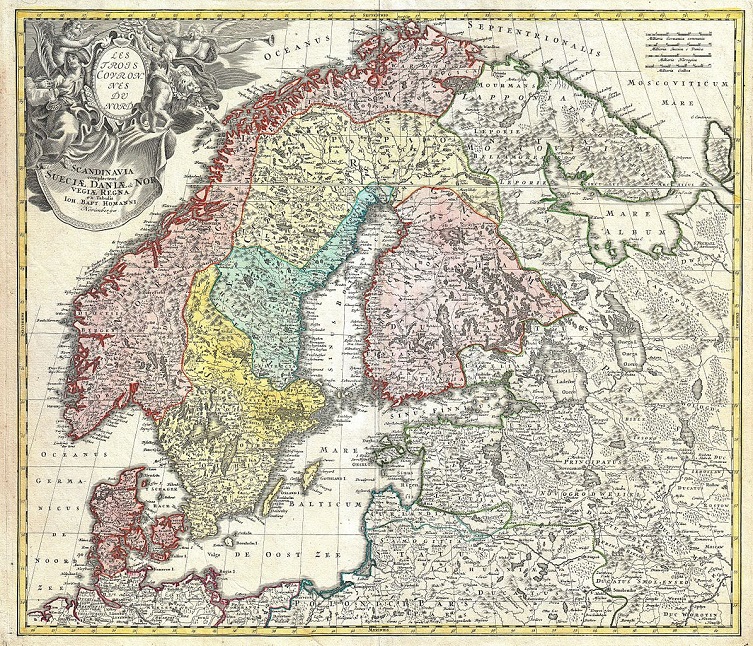
While the north Germanic peoples populated southern coastal areas, Finns and Sami migrated from the Ural Mountains.
The Vikings came from three countries of Scandinavia: Denmark, Norway and Sweden. From around 700 AD, Norse sailors known as Vikings ventured across the Atlantic and European rivers, reaching as far as
present-day Canada, Morocco and the Caspian Sea.
Christianity did not get a grip on Scandinavia until around 1000 AD. During a period of Christianization and state formation in the 10th–13th centuries, numerous Germanic petty kingdoms and chiefdoms were unified into three kingdoms: Denmark, Sweden and Norway.
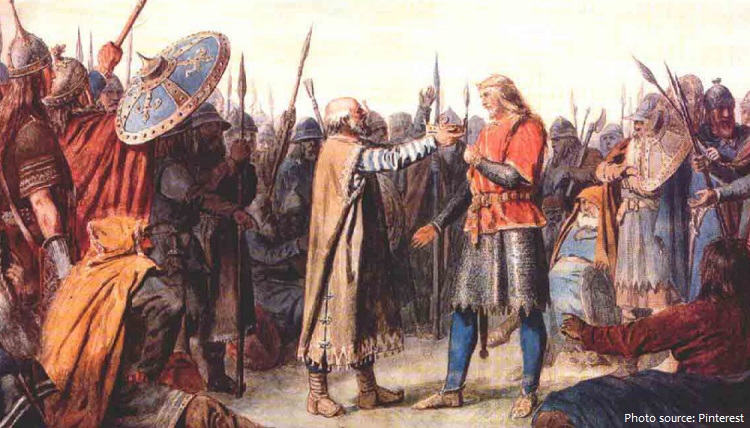
The 16th to 19th centuries, Denmark and Sweden fought for domination of northern Europe in 11 wars.
Norway, Finland and Iceland regained independence during the early 20th century.
Scandinavia was historically known as Scandia.
The economies of the countries of Scandinavia are amongst the strongest in Europe. There is a generous welfare system in Sweden, Denmark, Norway and Finland.
Scandinavia is by far the most spectacular place to witness Aurora Borealis. The northern lights are most abundant in high latitude climates, which marks Finland, Sweden and Norway as an Aurora hotspot.

In Scandinavia an aurora was often seen as the great bridge Bifrost, the burning archway by which the gods traveled from heaven to Earth.
Scandinavia is predominantly made up of the Scandinavian Peninsula. It is the largest peninsula in Europe, extending from above the Arctic Circle to the shores of the Baltic Sea.
The Yule Goat is one of the oldest Scandinavian and Northern European Yule and Christmas symbols andtraditions. Yule Goat originally denoted the goat that was slaughtered around Yule, but it may also indicate a goat figure made out of straw. It is also used about the custom of going door-to-door
singing carols and getting food and drinks in return, often fruit, cakes and sweets. “Going Yule Goat” is similar to the British custom wassailing, both with heathen roots. The Gävle Goat is a giant version of the Yule Goat, erected every year in the Swedish city of Gävle.

The term “rug” was first used in English in the 1550s, with the meaning “coarse fabric” – the meaning of “rug” evolved to “coverlet, wrap” (1590s), then “mat for the floor” (1808)”. The term is of Scandinavian origin.
Modern skiing has evolved from beginnings in Scandinavia. The earliest Scandinavian examples of skiing date to 5000 BC with primitive carvings, which depict a skier with one pole, found in Rødøy in the Nordland region of Norway.
Scandinavia has the oldest tradition in Europe of butter export trade, dating at least to the 12th century.
